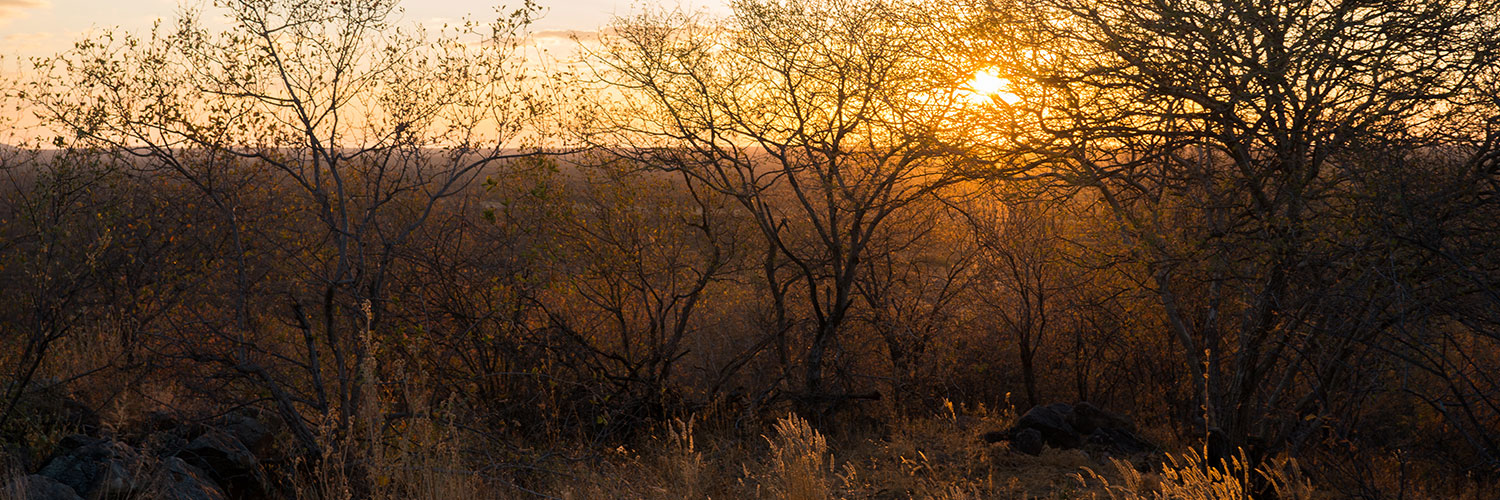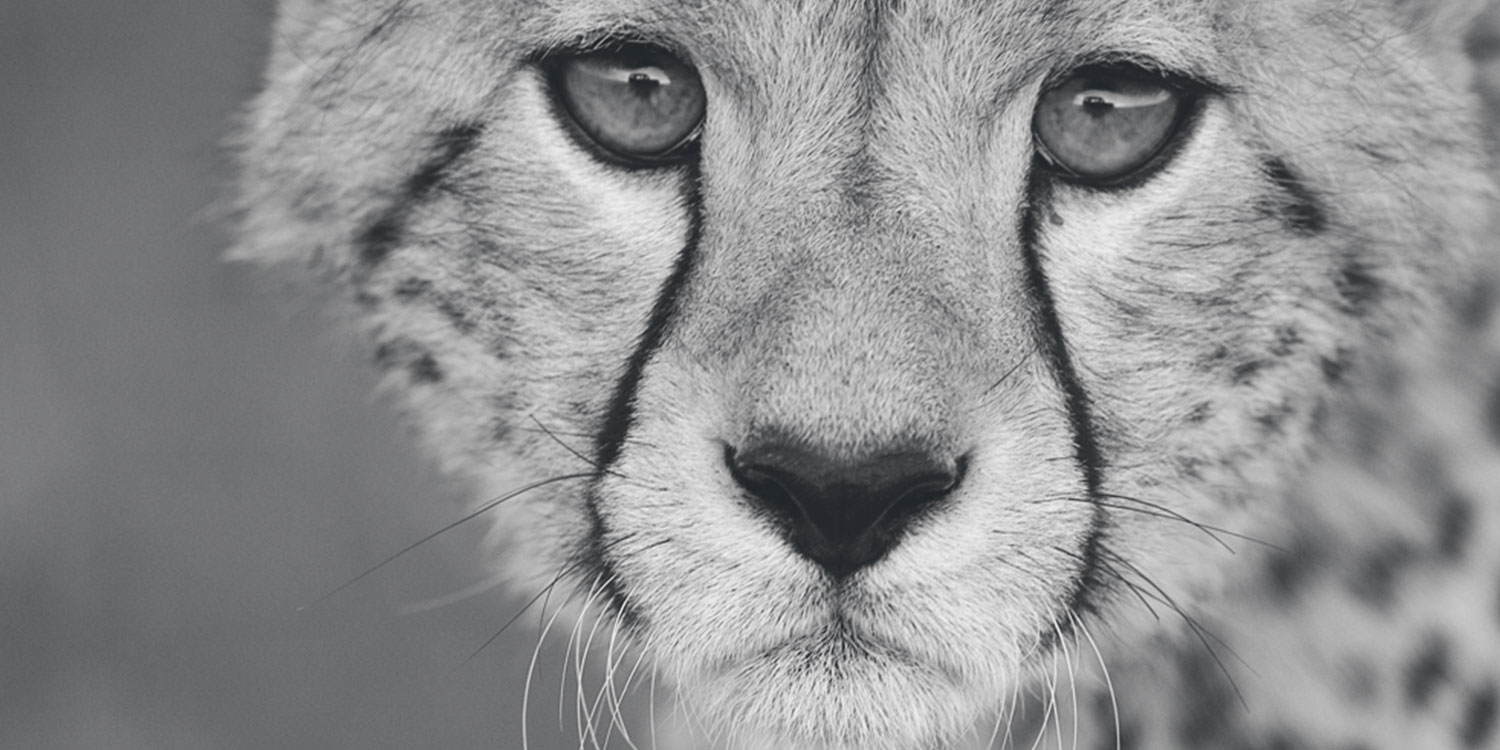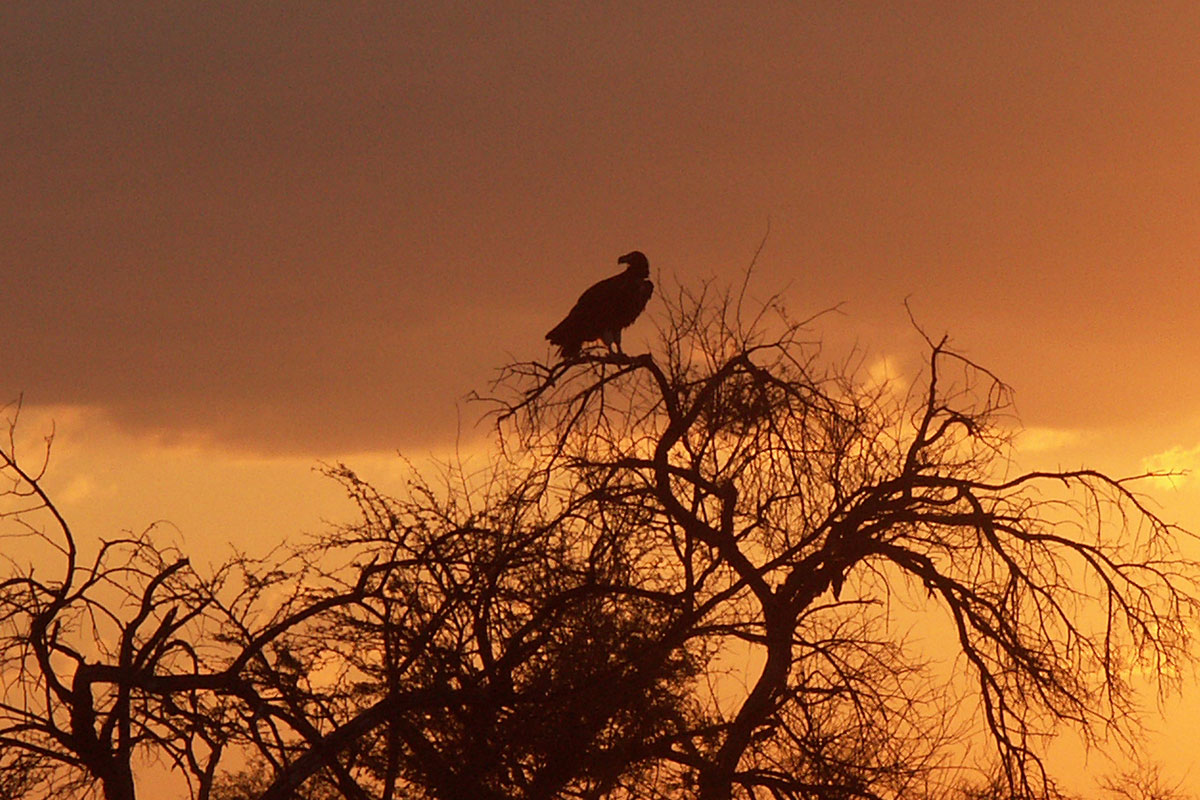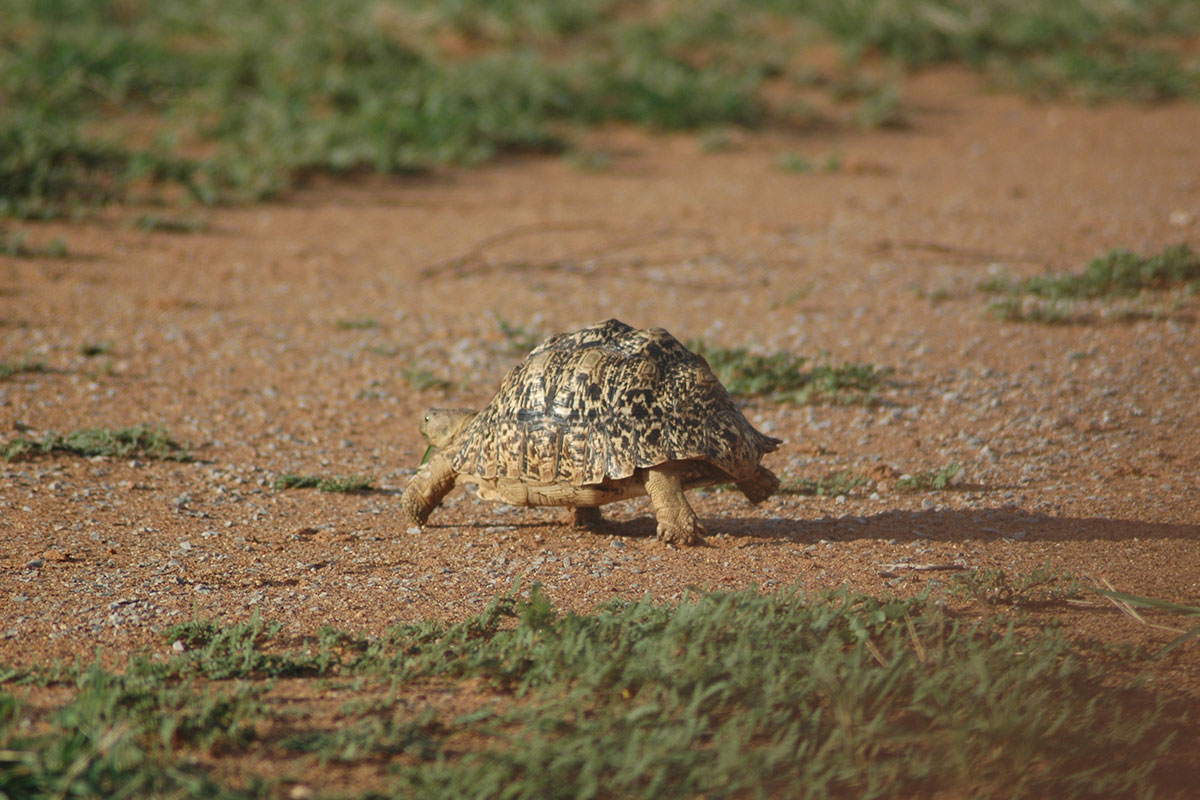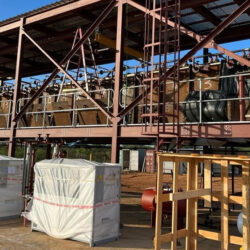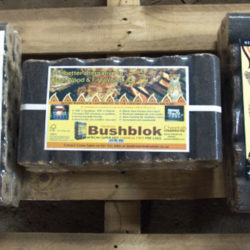Habitat Loss
Assessing current cheetah status is difficult, as the species is hard to find, wide-ranging, and occurs at low densities throughout its range. Cheetah range and territory is wide. Cheetahs do not thrive in protected areas due to competition from other larger big cats and predators that live and hunt in packs. The result of human population growth and increased land usage for farming means that the available land for cheetahs is declining.
Habitat Restoration with Bushblok
In 2001, the Cheetah Conservation Fund (CCF) and the United States Agency for International Development (USAID) collaborated to find a habitat improvement program that would be ecologically and economically viable. CCF identified a business opportunity: processing encroaching bush into high-heat, low-emission, compacted logs for use as a cooking fuel or for home heating. CCF Bush (PTY) Ltd. was established to manufacture the Bushblok product.
This loss of habitat not only reduces the available farmland, it reduces available habitat both for cheetahs and their prey species. With less usable land for humans and wildlife, human-wildlife conflict is exacerbated. Habitat loss, whether due to encroaching thornbush or human development, is consequently one of the top threats to the cheetah in the wild.
CCF is actively engaged in habitat restoration for cheetahs through its Bushblok initiative.
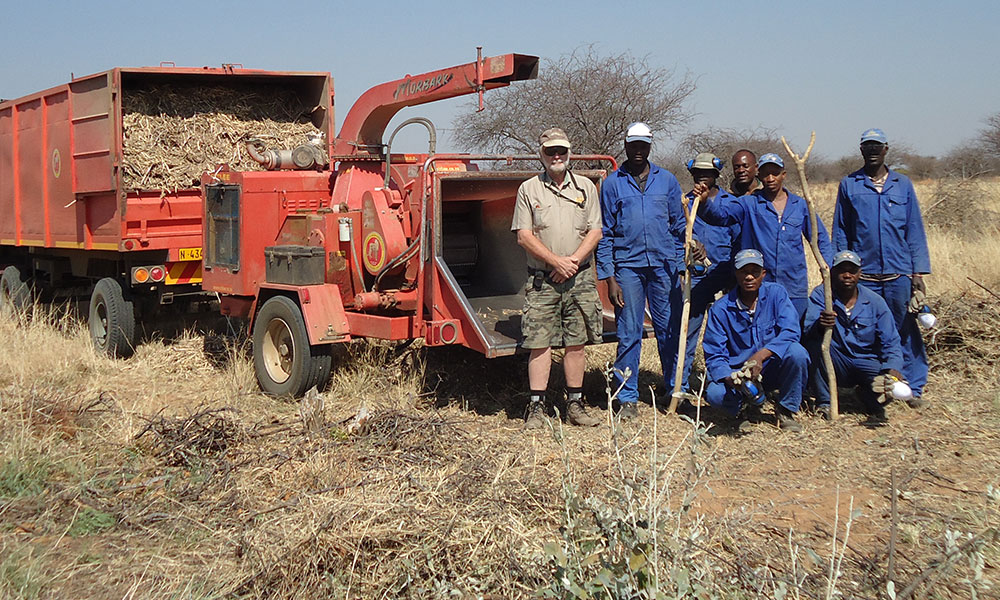
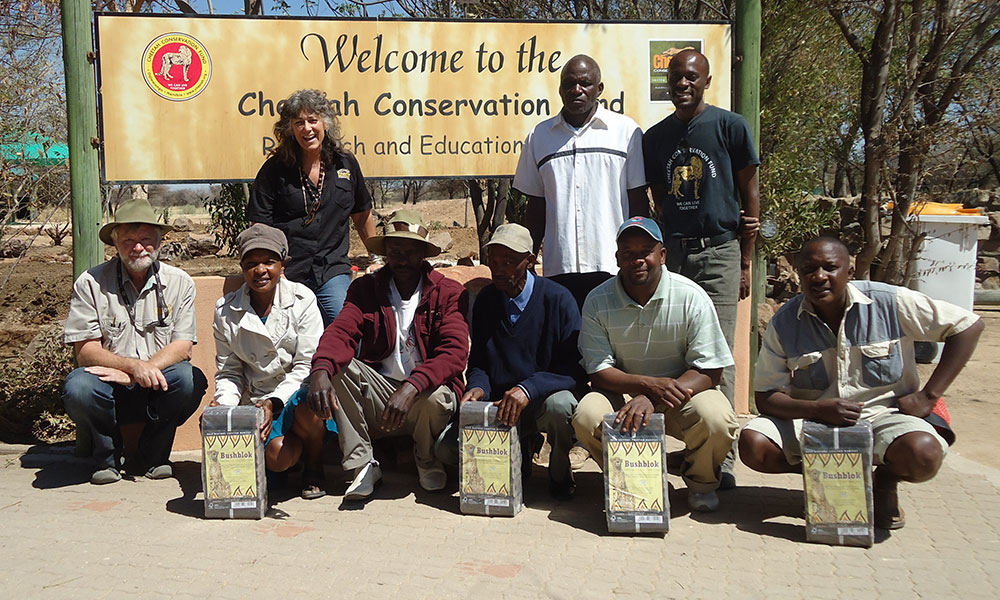
Bushblok Production Process
Following an environmental and economic assessment, encroaching bush is harvested either by hand or mechanically. The Forest Stewardship Council (FSC)® (FSC-C004580) certifies CCF’s woodland management practices as sustainable, while the Wildlife Friendly Enterprise Network (WFEN) certifies that our products deliver measurable improvements for wildlife in wild places.
The harvested bush is dried in the sun and then fed into a mechanical chipper before being transported to the processing plant where the chips are milled to size. Smaller chips are dried and then passed through an extrusion press. Under heat and pressure, the wood chips bond and are extruded as compacted Bushblok product. The finished logs are then cut to size, bundled, wrapped and labeled for distribution.
Awards
CCF has earned praise throughout the world for the CCF Bush Project. Dr. Laurie Marker received the 2008 Intel Tech Environment Award from The Tech Museum and the 2010 Tyler Prize for Environmental Achievement from the University of Southern California for CCF’s Bushblok project. Bushblok was also named a finalist for the St Andrew’s Prize and the BBC World Challenge.
In 2012, as part of the Clinton Global Initiative, CCF committed to expand its Bushblok program and support the emerging biomass clean energy industry in Namibia. The use of nuisance thorn bush as biomass has interested many energy companies and CCF has provided bush samples to several potential ventures.
Namibia’s Biomass Potential
Namibia has over 10 million hectares of woody biomass which could, if harvested correctly, power southern Africa with sustainable energy. In addition, there is a huge market for wood pellets to the European energy market and with investment a wood pellet factory would do very well in Namibia. Harvesting of bush could employ over 5,000 Namibians.
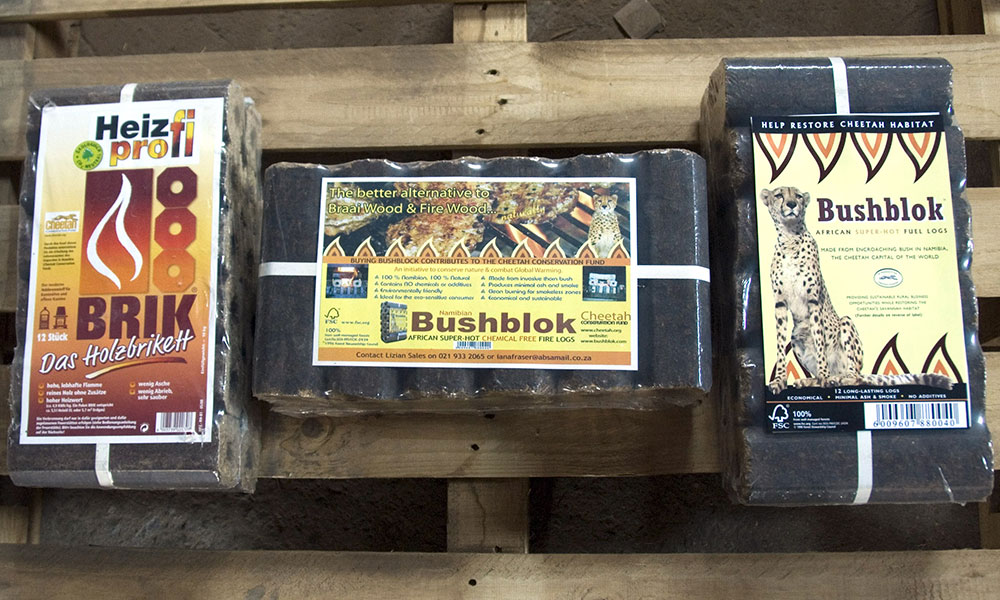
Conservancies
CCF has been a participant in Namibia’s innovative Conservancy movement since its inception. Conservancies are a wildlife management structure that allows the local populace within a land management area to manage and reap the economic benefit of the wildlife treasures located there. Because people in the conservancies “own” the wildlife, they are far more interested in protecting it, and areas governed by conservancies tend to be far more resistant to outside influence from poachers. CCF has been working with the local communal farmers and populations that surround the Waterberg plateau, creating a conservancy and economic development area known as the Greater Waterberg Landscape.
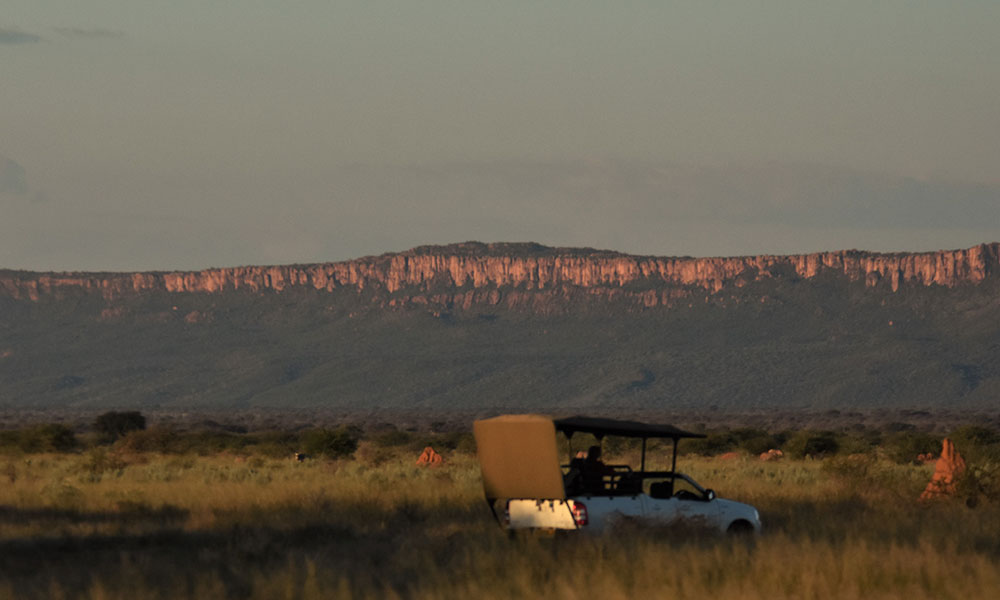

CCF’s Wildlife Reserve
CCF manages a 142,483-acre Wildlife Reserve by practicing sustainable bush harvesting, proper livestock management, and best land stewardship. CCF land contributes to the biodiversity of The Greater Waterberg Landscape.
Biodiversity
On CCF’s Wildlife Reserve, more than 63 mammalian species have been recorded. Ungulates include: the warthog, oryx, red hartebeest, kudu, eland, steenbok, and duiker.
Mammalian predator species include: the jackal, bat eared fox, honey badger, cheetah, leopard, brown hyena and caracal.
A total of 216 bird species are confirmed to be present on CCF’s lands. Three bird species are listed as endangered or vulnerable and include: the Cape Vulture (Gyps coprotheres), lesser kestrel (Falco rupicoloides), and the lapped faced vulture (Torgos tracheliotus).
A total of 31 reptile species have been recorded, ranging from: venous and non-venomous snakes, lizards, tortoises, turtles, skinks, chameleons and geckos.
A total of nine amphibian species have been recorded. Amphibians include: Common Platana, Banded rubber frog, Bushveld rain
Frog, Bubbling Kassina, Giant Bullfrog, Boettger’s froglet, Cryptic Sand Frog, Western Olive (power’s) Toad, and Pygmy Toad.
Related Reading
-
January 31, 2023
SteamBioAfrica – Developing Clean Sustainable Energy at CCF -
September 5, 2012
Chipping Away at Bush Encroachment
